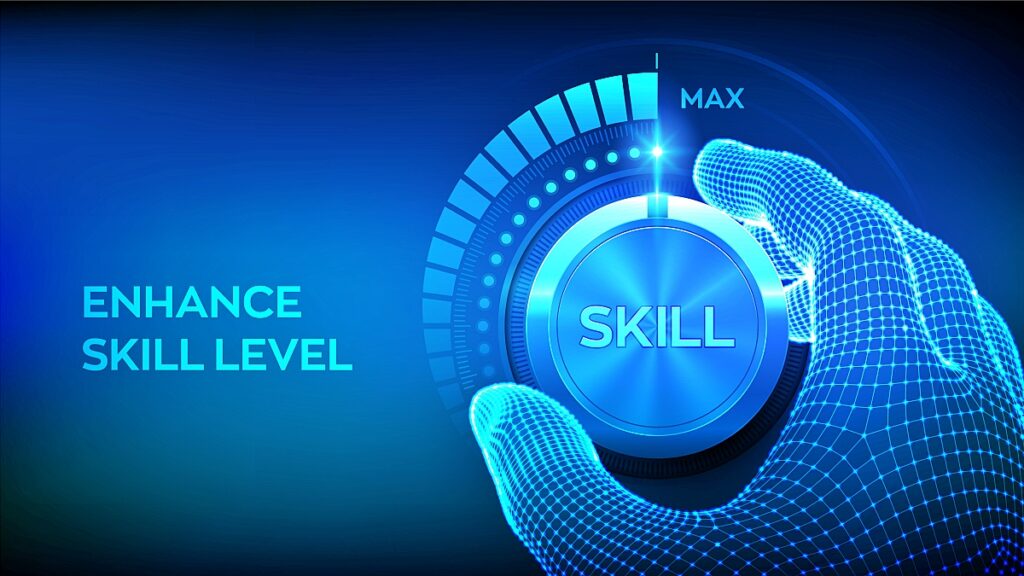Talent Acquisition: 3 Learning Activities that Can Benefit Your Strategy

(Editor’s Note: Today’s article is brought to you by our friends at Criteria Corp, a leading provider of pre-employment testing services. If you want to learn more about how pre-employment testing can benefit your talent acquisition strategy, check out Criteria Corp’s “Definitive Guide to Pre-Employment Testing”. I’ve found it to be a comprehensive guide that I keep on the corner of my desk all the time. Enjoy!)
I’m confident that you know recruiting in today’s business environment is hard. Unemployment is at a 50-year low and we continue to have more job openings than job seekers. So it won’t come as a surprise that we need to adapt our talent acquisition strategy to effectively deal with these challenges.
I’ve written about the buy, build, borrow model a few times. In the past, organizations have really focused on the “buy” component of the model, which is hiring candidates from the outside. What’s interesting to see is how more organizations are starting to address their external recruiting challenges by using the “build” component of the model, which is developing current employees.
The build component is typically focused on developing employee skills. This is important because there’s a skills gap that needs to be addressed. According to the Association for Talent Development (ATD), more than 80% of organizations feel that they are facing a skills gap and they will continue to do so. Skill development addresses both the skills gap and the candidate shortage. And since the statistics suggest that this situation isn’t changing anytime soon, it only makes sense for organizations to include learning and development in their talent acquisition strategy. There are three types of learning activities that organizations can use to develop employee skills:
Skilling is teaching an employee the skills they need for the job they have today. Let’s say Cecil is a new security officer in the organization. In order to do his job, he needs to know how to monitor the security cameras. Training him on how the security cameras work would be skilling.
Upskilling is teaching an employee additional skills so they can continue to bring value and contribute to the bottom-line, typically in their current role. An example would be if Jose, who works in HR, wants to get the Society for Human Resource Management (SHRM) Talent Acquisition Specialty Credential. While the credential is a confirmation of proficiency, the process to obtain the credential often adds new skills.
I view upskilling as being a little different from skilling. Skilling is about having the necessary skills to do the job. Upskilling is about additional skills to stay relevant and enhance the job. Which leads us to the third learning activity:
Reskilling is to teach an employee new skills so they can do a different job. A great case study can be found in Harvard Business Review’s article “AT&T’s Talent Overhaul”. It talks about how AT&T managed the transition from being the “phone company” to a “digital organization” and more importantly, how the company created a transition for employees who held the title of telephone operator to new positions in the digital organization.
This could be a new way of thinking about talent acquisition and learning. In some organizations, recruiting and learning functions don’t partner in this way. Everyone might agree that skills development is important, but the responsibilities are siloed. I’d challenge people to think of skills development as a company-wide initiative for a couple of reasons.
If organizations want to accomplish their goals, they need employees who can do the work. If there are skills gaps, then the organization either needs to find the talent on the outside or develop people from within. Maybe even a bit of both.
In addition, if organizations want to grow (whether that’s in size or in revenue) then they need employees who are going to help them get to the next level. That means skill development and skill enhancement.
These two things – having the right talent for today and developing the right talent for the future – helps the organization adapt to the changing needs of customers and the business environment. That isn’t a recruiting responsibility or a learning responsibility. It’s an “everybody” responsibility.
There’s one more reason for organizations to focus on skill development as part of their talent acquisition strategy. It allows organizations to become more adaptable. I ran across an another article in Harvard Business Review that talked about fit versus adaptability and that adaptability might be a better indicator of performance than cultural fit. It got me thinking. Adaptability means that individuals must be able to learn as things change over time. That means employees must be not only be trainable for the job they hold today but capable of upskilling and reskilling for future opportunities.
I realize that organizations cannot abandon their buy strategy. Sometimes we need to recruit from the outside. But to make sure that employees are able to adapt, organizations should consider making “trainability” a quality they want to explore during the recruiting process. Ask some behavioral based interview questions about self-learning. Also consider using cognitive aptitude assessments to measure trainability. This dual approach could help the organization hire people today that will be skilled for future opportunities.
If you want to learn more about adaptability and how to add skilling, upskilling, and reskilling into your existing talent acquisition and development programs, join me and the Criteria Corp team for a webinar on “Using Talent Pools as the Foundation of Your Talent Strategy” on Tuesday, March 17 at 10a Pacific / 1p Eastern. We look forward to seeing you there!
19